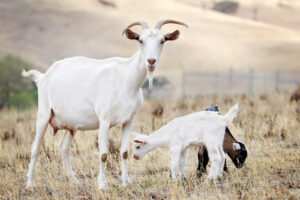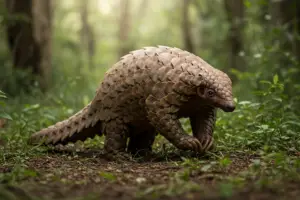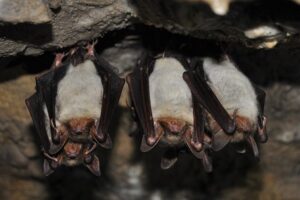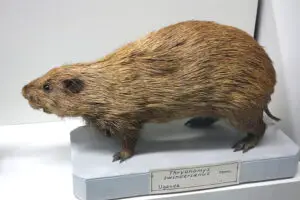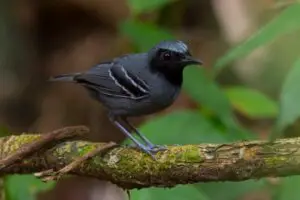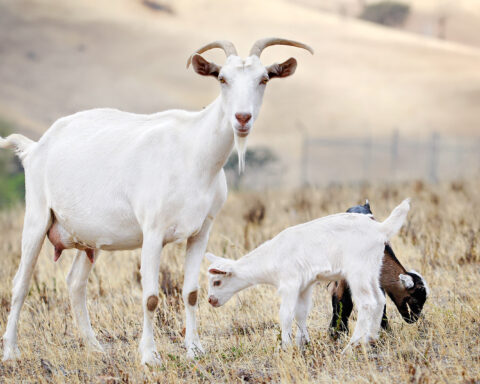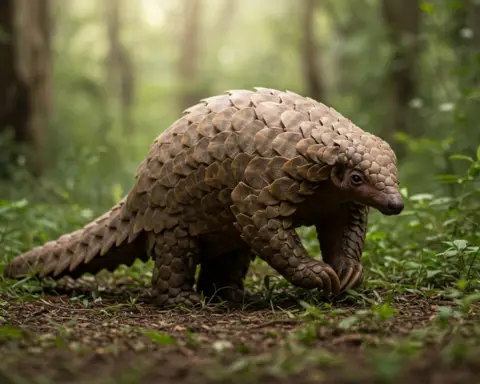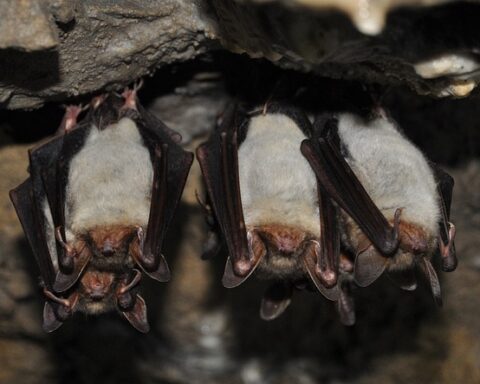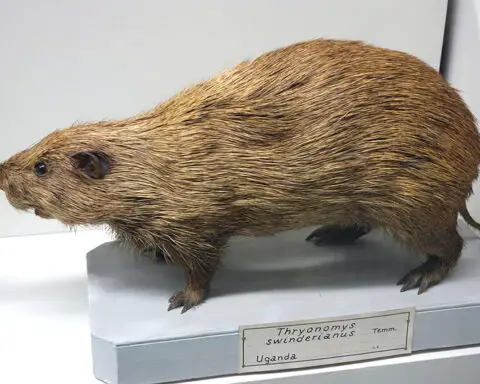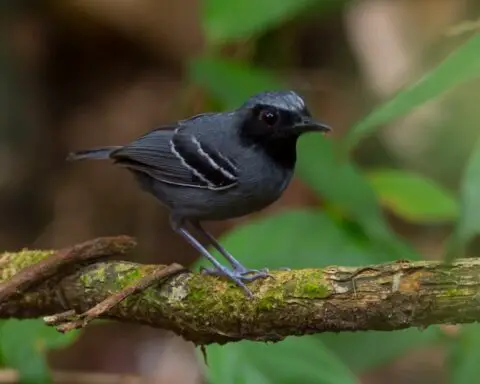You probably do not know what do snowy owls eat do you? Well, just to let you know that snowy owls are the masters of the sky and they eat just about anything. The snowy owl is an opportunistic and patient predator. It stalks its prey in a ‘sit-and-wait’ style. Unlike most owls, it is a diurnal hunter. If the prey is small, the snowy owl gobbles it up as a whole. Let’s take a look at the snowy owl diet in the wild habitat.
What Do Snowy Owls Eat in the Tundra?
Nevertheless, the preferred meal of this owl is lemmings. Whenever lemmings are available, it feeds almost entirely on them and eats lemmings 3 to 5 times each day. In one year, a fully grown snowy owl eats nearly 1,600 lemmings.
When lemmings are in short supply, the owl also feeds on a wide variety of other small mammals and birds. In mammals, the snowy owl readily preys on muskrats, raccoons, ground squirrels, prairie dogs, mice, rabbits, marmots, rats, voles, hares, rabbits and moles.
In birds, it readily feeds on ducks, murrelets, American coots, short-eared owls, ptarmigan, grouse, shorebirds, grebes, geese, gulls and ring-necked pheasants.
Occasionally, the snowy owl may also feed on songbirds, fish and carrion.
Source:
Kaufman, Kenn. “Snowy Owl”. National Audubon Society

